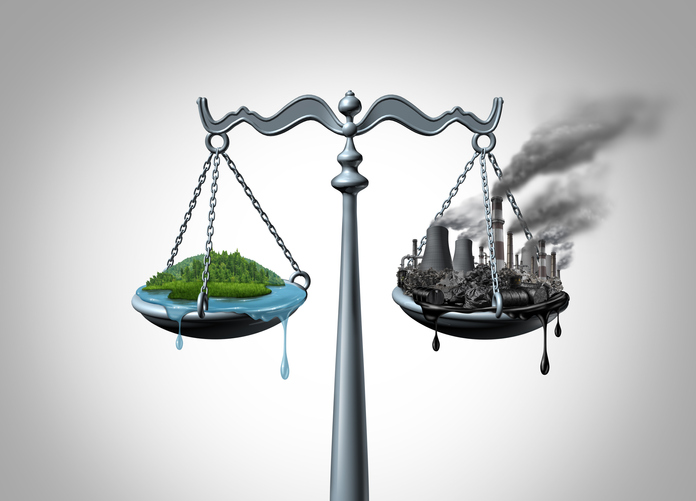Communities most impacted by environmental harms and risks are typically referred to as “environmental justice (EJ) communities” or, as the US Environmental Protection Agency defines them, “overburdened communities.” A few factors go into identifying EJ communities, including where there is: (i) disproportionate exposure to environmental hazards and (ii) increased vulnerability to said hazards. Most states, however, have their own unique definition of what constitutes an EJ community. A few states default to the EPA’s definition while a surprising number of have no statutory definition of what constitutes an “EJ community.”
Why does this matter? Because funding to remedy the harms caused by decades of environmental justice practices may depend on whether a particular community falls within that state’s definition of an EJ community.
You can find a spreadsheet of state definitions here.

